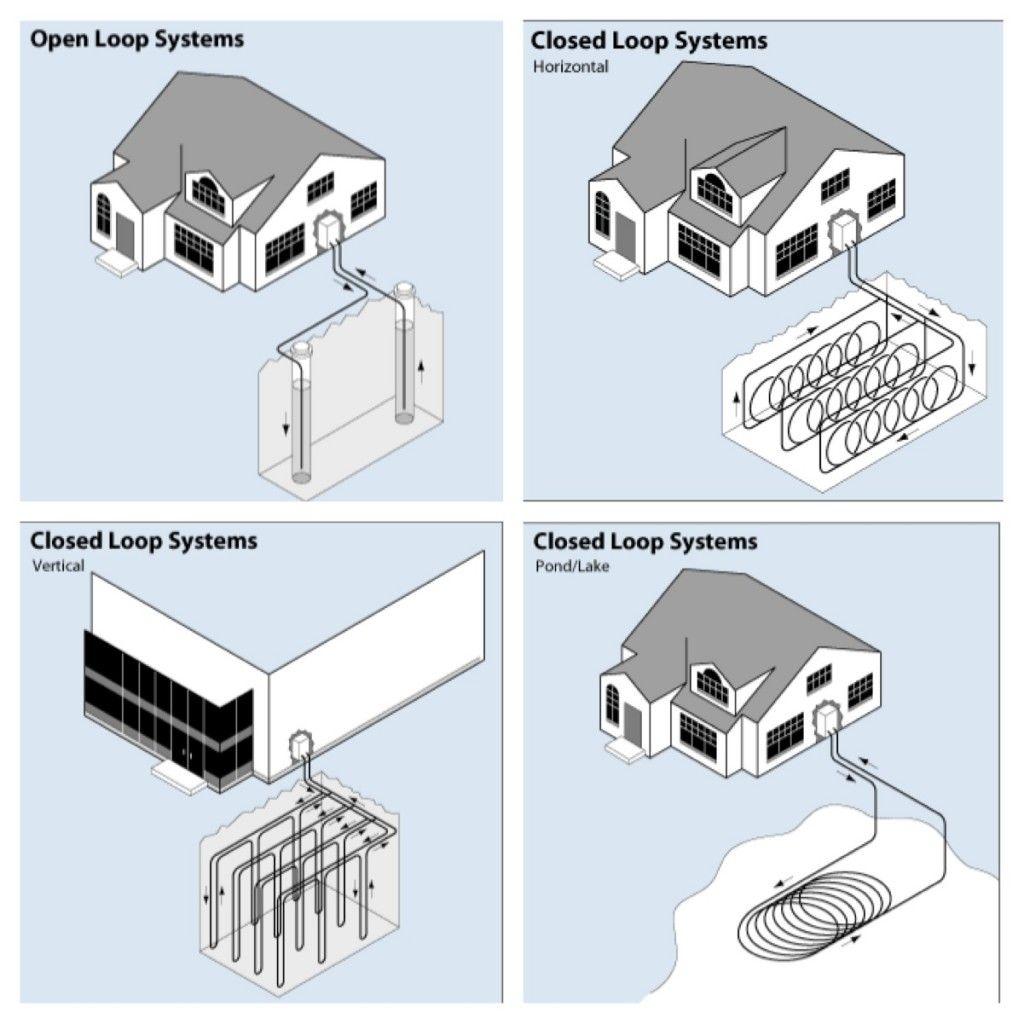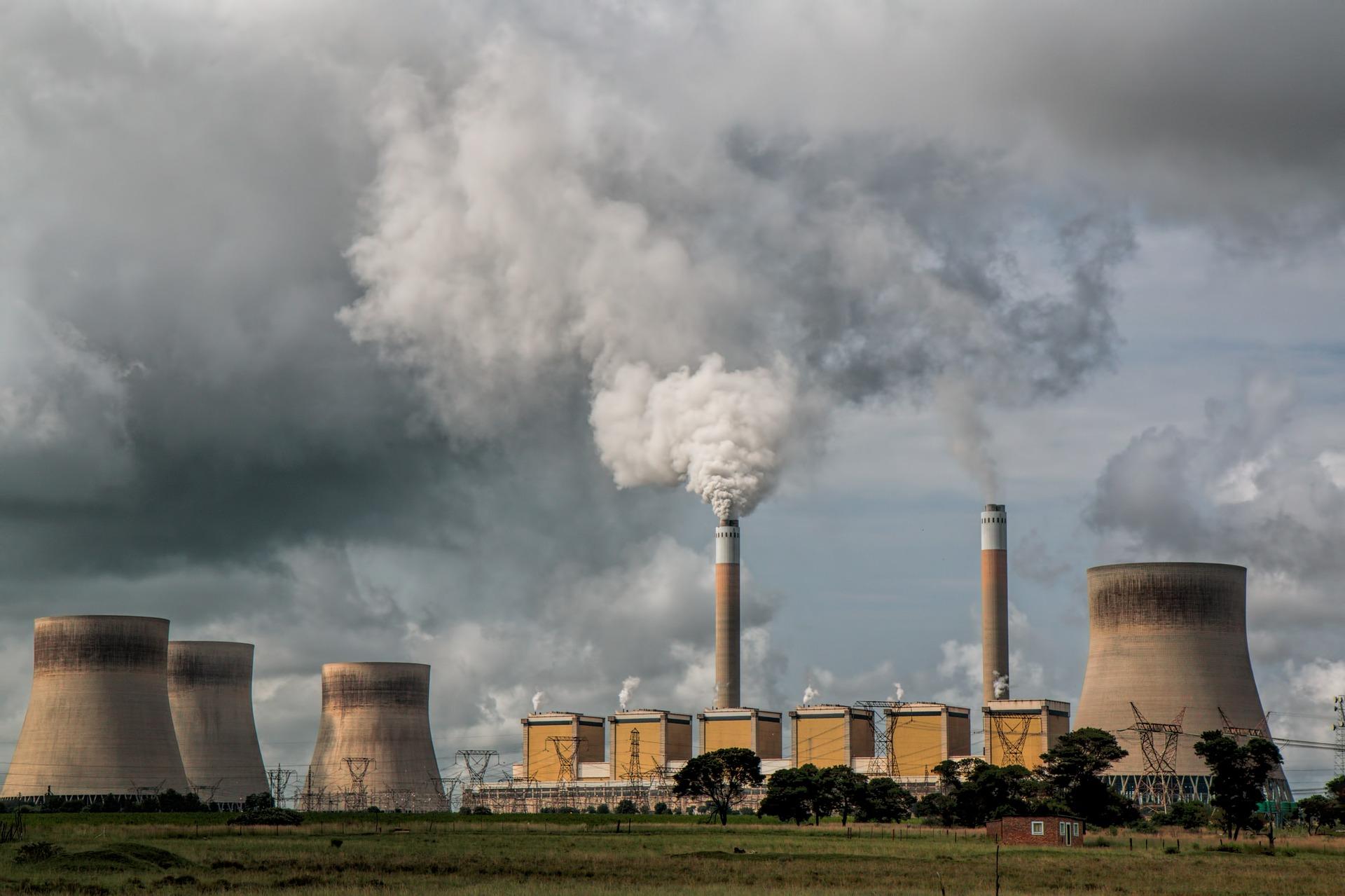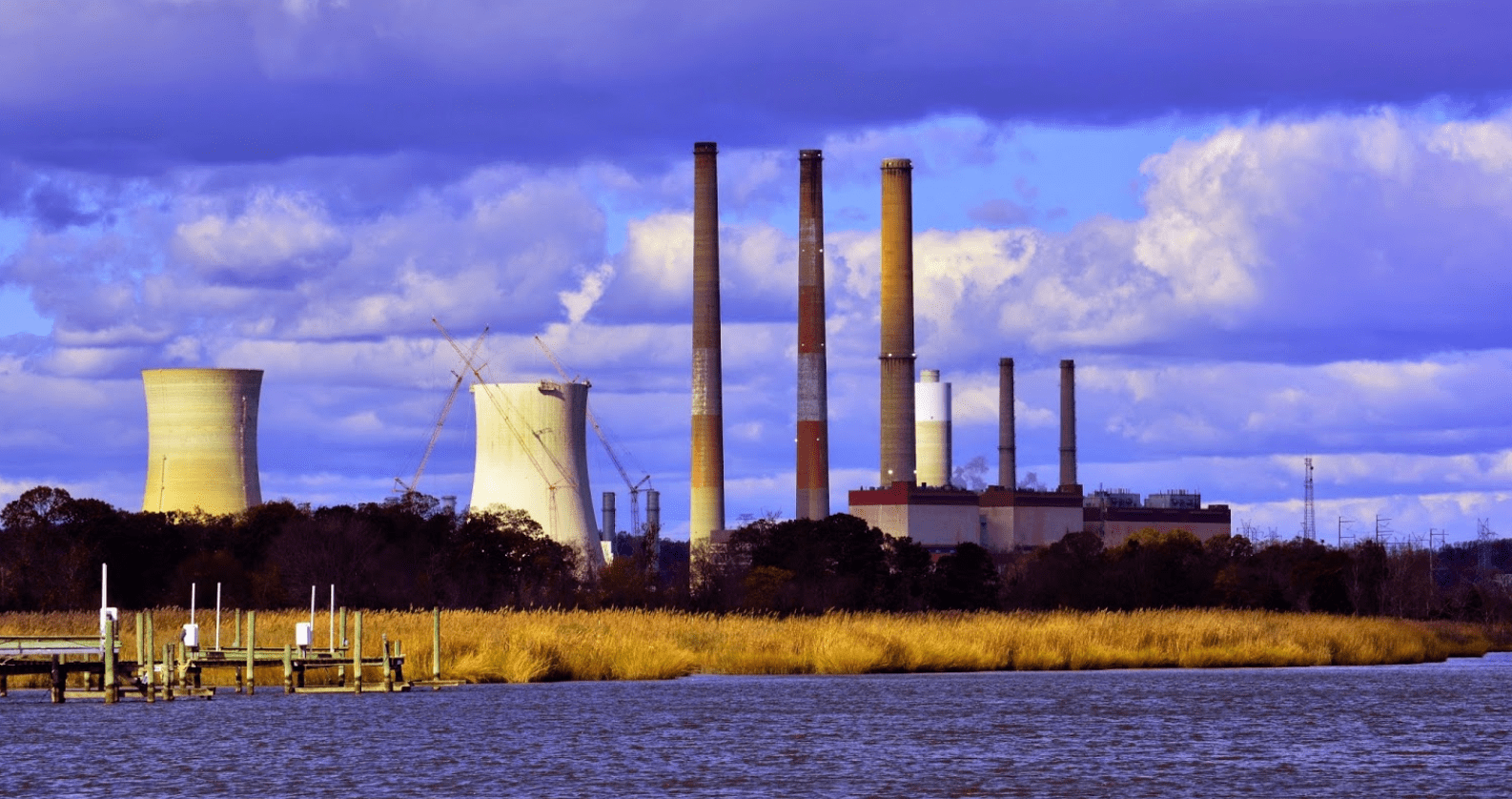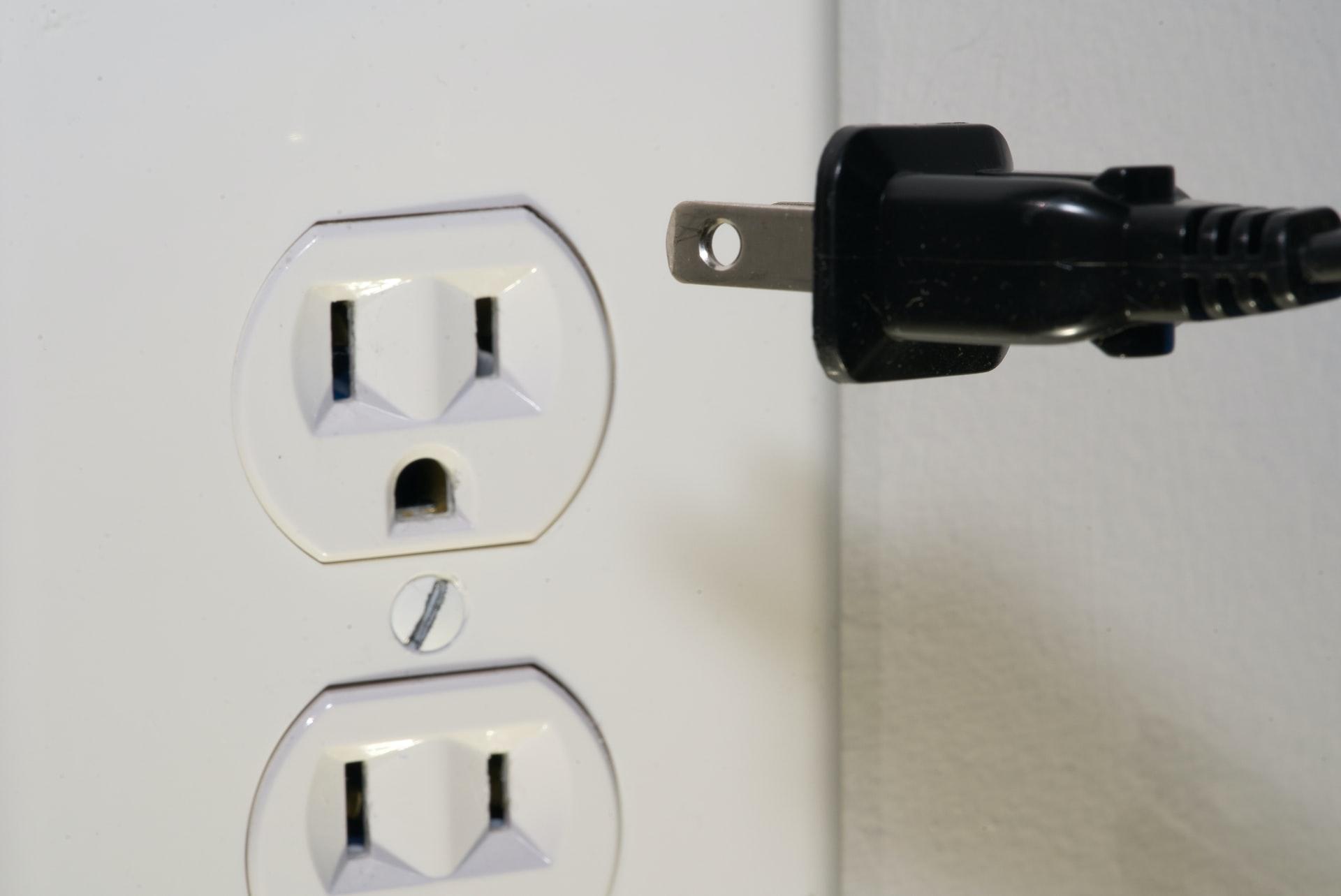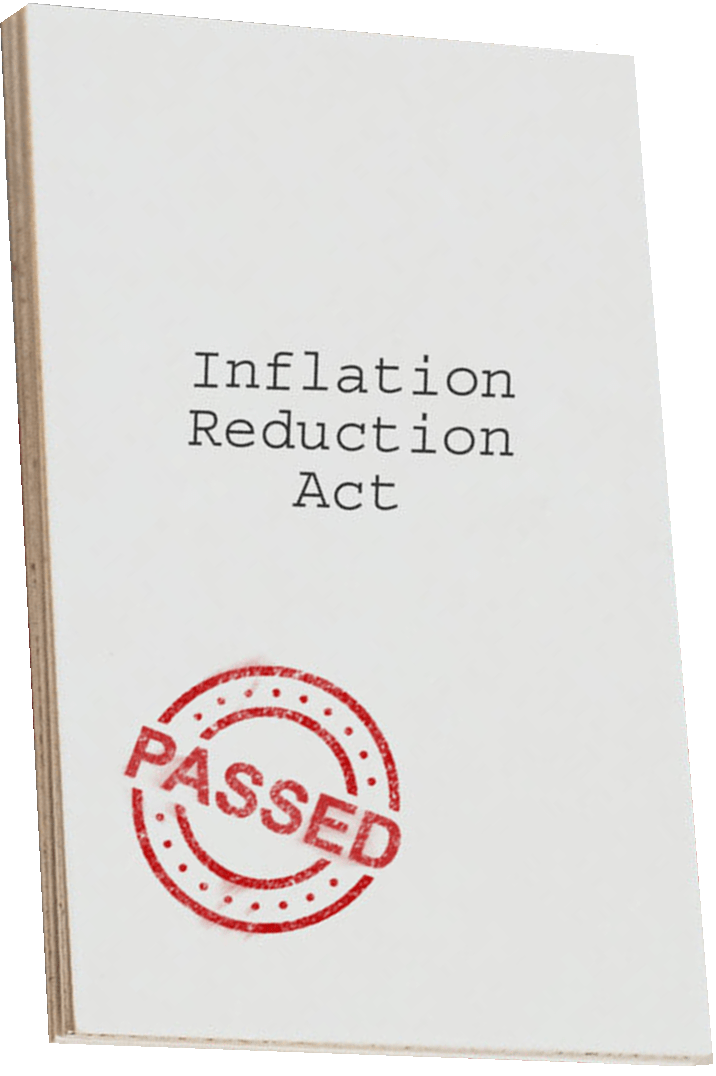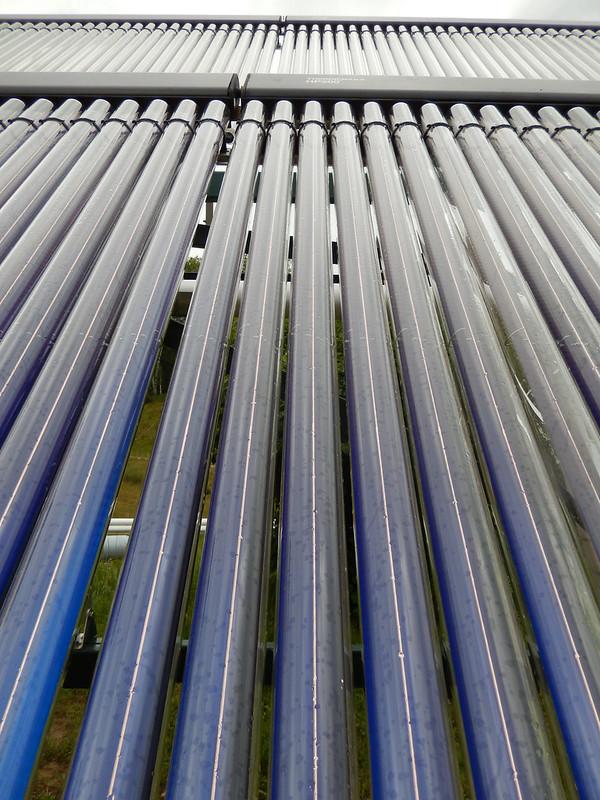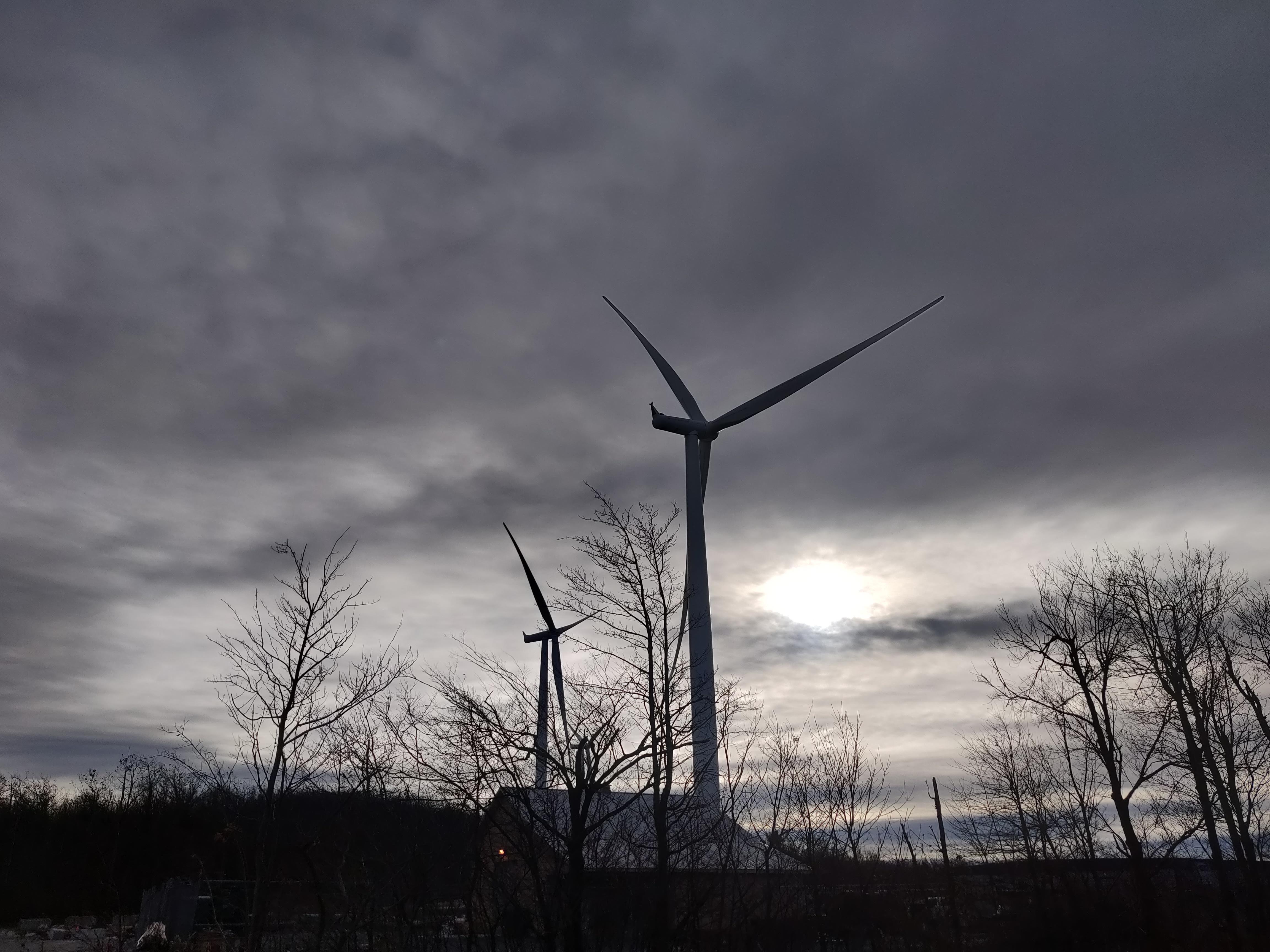A GSHP will cost more to install than traditional heating and cooling appliances, such as a boiler, furnace, or air conditioner. The initial cost of GHSPs is higher than traditional heating and cooling systems, but reduced operating costs and environmental impacts can justify the cost for building owners. The relatively high initial investment cost of GSHPs is primarily for the ground loops, which require extensive excavation or drilling work. Also, when paired with low carbon electricity sources, such as on-site photovoltaics or utility-provided wind energy, GSHPs can reduce emissions associated with non-renewable energy consumption. The cost of the installation will also depend on the size of the system, as larger systems often require a more expensive appliance and a larger ground loop.
As described earlier, GSHPs are typically sized by the ton, where 1 ton is equivalent to 12,000 BTUs of heating/cooling per hour. Larger heat pumps that need to provide more space conditioning will have a higher number of tons. The heat pump unit itself costs roughly $2,500 per ton, depending on the manufacturer and model. This price is an investment for the pump alone and does not include the cost of installation or the ground loop. The ground loop can run from $10,000 to $30,000 depending on the type of ground loop and other site requirements. Thus, a 3-ton vertical well system could cost from $17,500 to $37,500 for the unit and ground loop. This rough estimate does not include the heat delivery system to the building. For retrofits, the delivery system will already be in place, and the price should be adjusted appropriately.
To determine if a GSHP will be cost-effective, an understanding of local energy costs, both electricity and heating fuels, is vital. For example, what is the cost per gallon of heating oil? What is your price per delivered gallon of propane? What is the electricity rate per kWh? What about natural gas price per therm? In heating mode, a GSHP uses electricity to transfer energy from the ground to a higher temperature for delivery to the interior of a building. Consider the local price of electricity and other fuels over time – are prices expected to rise or stay the same? If the cost of electricity is relatively high compared to the cost of heating oil, natural gas, or propane, a GSHP might not be the most cost-effective option.
Each energy source has a certain amount of heating content per unit that can be measured by a BTU. For instance, heating oil is typically 138,000 BTU/gallon, natural gas is typically 100,000 BTU/therm, and electricity is 3,413 BTU/kWh. Since each source has a different unit of measurement, look at the cost of heat in terms of dollars per 1 million BTUs of useful heat from each fuel. By “useful heat,” we mean the amount of heat delivered to a space – this depends on the heating fuel source and the efficiency of the heating appliance in utilizing the given fuel. Fuels with a higher heating content will mean more heat is delivered to a building. Also, appliances with higher efficiencies will mean more useful heat is delivered.
Converting heating fuels
| Heating content of fuels |
|
| 1 gallon heating oil |
138,000 BTU |
| 1 therm natural gas |
100,000 BTU |
| 1 kWh electricity |
3,413 BTU |
| 1 gallon propane |
90,000 BTU |
When thinking about installing a GSHP, consider the simple payback on the installation cost. The simple payback indicates the number of years for the operational savings of the GSHP to equal the additional installation cost compared to the alternative. Other more advanced measures, including return on investment, levelized cost of energy, and net present value, can provide a more accurate evaluation, but the simple payback is easily understood. For example, consider a residential 3-ton heat pump that costs $25,000 for the equipment and ground loop. (This would not include the heat delivery system, but a heat delivery system would cost approximately the same regardless of what heating appliance is chosen). The residential federal tax credit rebates 30 percent of the installed cost of the heat pump. Now let’s compare that to a traditional boiler or furnace. An average boiler/furnace with air conditioner will likely cost about $9,000 installed. Since the homeowner would have to spend at least $9,000 to get a heating/cooling appliance, the value can be subtracted from the additional cost of a GSHP. After federal rebates and deducting a traditional system, the actual additional cost of the GSHP, over that of getting a traditional system, is $8,500 as determined based on:
- Traditional heat/cooling appliance cost: $9,000
- Additional cost of GSHP: $25,000 - $7,000 - $9,000 = $8,500
Comparing the operational cost of four heating sources to a GSHP allows for an informed decision on economic viability. The table below displays general energy costs for Maryland. The table assumes efficient appliances (such as a GSHP with a COP of 3.5 and a furnace/boiler with an AFUE of 85 percent). These calculations show that a GSHP has the least cost per million BTUs ($9.20); however, this cost is not that much less than natural gas ($12.78). The annual heating cost calculation (middle column) addresses the size of a building’s heating load. This estimate assumes a heating load of 40 million BTUs for the year (for an “average” U.S. 2,000 ft2 residence). The GSHP can meet the annual heating load at the lowest cost. The savings is calculated by finding the difference between the operational costs of the GSHP and other fuels (third column).
Example calculations for Maryland
| Energy Calculations for Maryland |
Annual Heating Cost for 40 MMBTU |
Annual Savings for Using a GSHP |
| Heating Oil |
$32.98*40=$1,319.13 |
$1,319.13-$487.60=$831.53 |
| Natural Gas |
$12.78*40=$511.23 |
$511.23-$487.60=$23.63 |
| GSHP |
$9.20*40=$487.60 |
-- |
| Propane |
$38.70*40=$1,548.00 |
$1,548.00-$487.60=$1,060.40 |
In this example, the GSHP pays itself off after seven years when compared with an oil-fired appliance. The return is enhanced if maintenance costs are considered (which can be about $160 a year for oil appliances). If planning to use ranch buildings and a residence for that long, a GSHP might be a good option over fuel oil, especially if electricity prices are predicted to remain stable. On the other hand, the payback over natural gas is considerably longer – longer than the life of the heating appliance. So in this scenario, a GSHP is not cost-effective to install. There may be other reasons to install a GSHP, such as environmental concerns or the volatility in natural gas prices. Still, the relatively low cost of natural gas makes the GSHP a challenging investment. Of course, the amount of annual savings depends on several constraints, which are different for each building. Also, the higher the cost of heating fuel alternatives, including natural gas, propane, and heating oil, the more attractive a GSHP will be. To understand yearly operating costs of a GSHP in your area, repeat the calculations and compare the values to other alternative fuels. Many installers have software that can run comparisons of different heating systems for you, so don’t hesitate to ask questions about the payback period of a GSHP.


